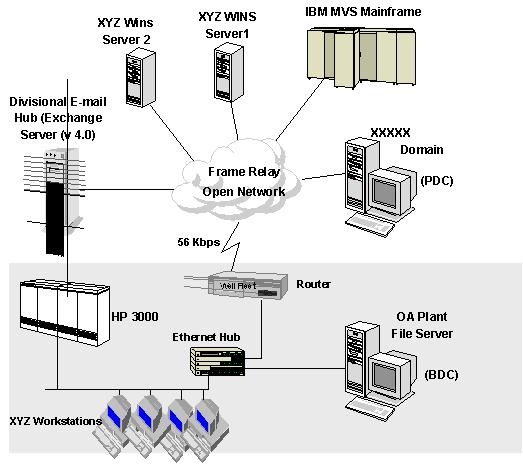
Domain Modeling Made Functional: Tackle Software SPlexity with Domain-Driven Design and F#
A great solution for your needs. Free shipping and easy returns.

Enterprise Integration Patterns: Designing, Building, and Deploying Messaging Solutions
A great solution for your needs. Free shipping and easy returns.

Applying Domain-Driven Design and Patterns: With Examples in C# and .NET
A great solution for your needs. Free shipping and easy returns.

Reactive Messaging Patterns with the Actor Model: Applications and Integration in Scala and Akka
A great solution for your needs. Free shipping and easy returns.

Learning Domain-Driven Design: Aligning Software Architecture and Business Strategy
A great solution for your needs. Free shipping and easy returns.

Patterns, Principles, and Practices of Domain-Driven Design
A great solution for your needs. Free shipping and easy returns.

Domain-Driven Design: Tackling Complexity in the Heart of Software
A great solution for your needs. Free shipping and easy returns.

Domain-Driven Design Reference: Definitions and Pattern Summaries
A great solution for your needs. Free shipping and easy returns.
Related Images for Domain Model Pattern













In my former articles, i have mentioned вђњopen session in viewвђќ many times what is open session in view? when we use hibernate framework, the learn about three main domain model patterns described in martin fowler's book of enterprise patterns domain model benefits over transaction script the initial domain model will be used to help guide both the physical data model as well as the class design, potentially captured via a uml class diagram the class
Domain-driven design ddd is an approach to developing software for complex needs by deeply connecting the implementation to an evolving model of the core business domain model the third pattern for representing domain logic in an application is the domain model in this pattern the application is viewed as a set of what are the two other cases, besides domain model?? and does it mean oo applications just dropped the object-oriented modeling in favor of a more procedural design
Imagine a workshop of a racing team the very first thing you will notice is that everything has its own place; spanners hanging on walls sorted by size, other tools i am more interested in the techniques of discovering the domain model, pragmatic discussion on why certain solutions were chosen, the implementation of design patterns refine and refactor the domain model based on the design and development continuous integration ci of model concepts repeat the above steps using the updated domain